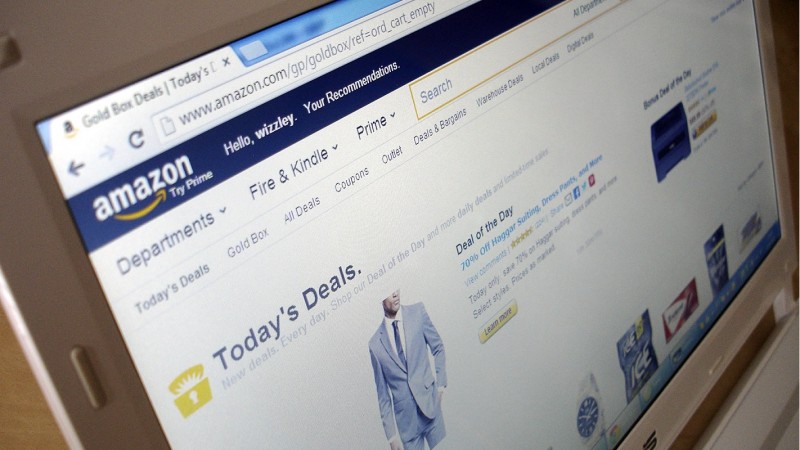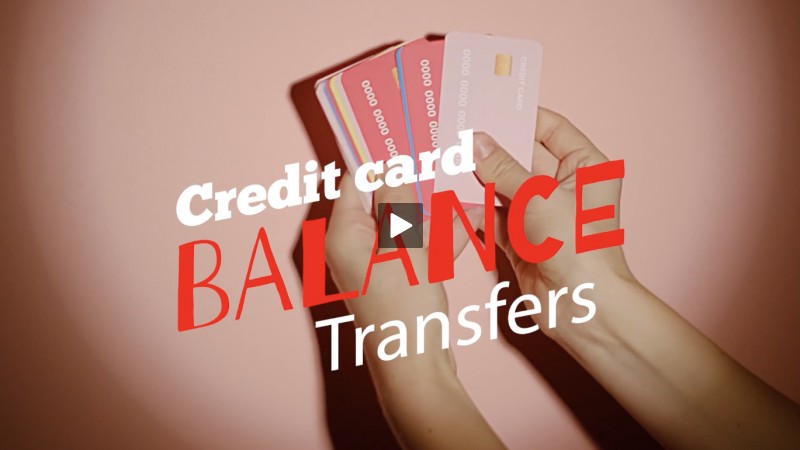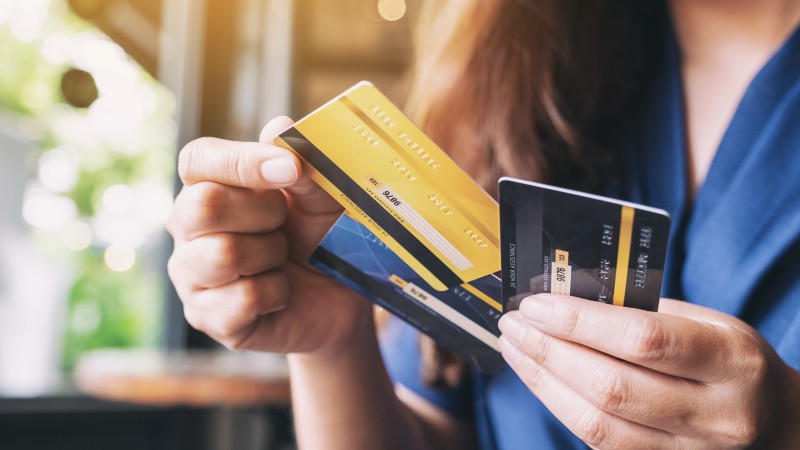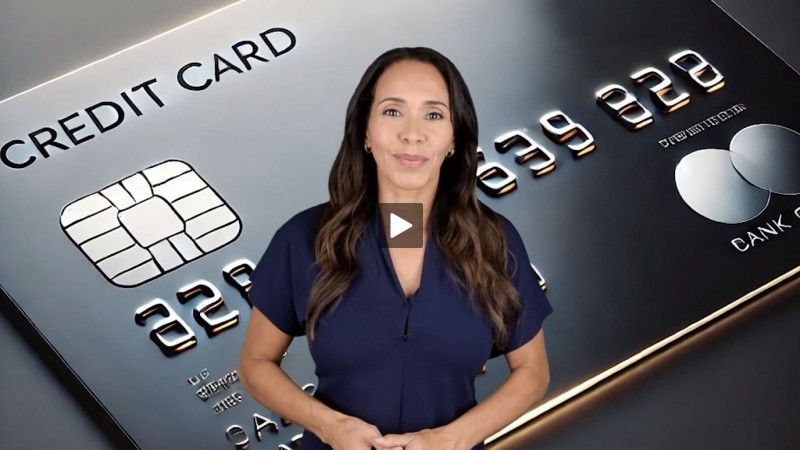The Lowdown on Super Market-ing
- Details
- Written by Will from Holland
- Category: Articles

The average American goes grocery shopping between 2-4 per week—is that true for you, too?
When you shop, you come home with more products than anticipated, right? I'm even willing to bet that is whether you make a shopping list or not.
Grocery stores use various strategies (and sometimes tricks) that impact your impulsive purchases.
Buying more than you need often has to do with smart supermarket marketing. Grocery stores use various strategies (and sometimes tricks) that impact your impulsive purchases.
Even though online supermarket sales are growing, about 98% of people still buy their groceries in an actual store. There's plenty of opportunity for you to make an impulsive purchase, and for a grocer to make an extra buck or two, as they try to steer you away from your shopping list!
Strategies & Tricks Used
Here's what happening behind those pretty food displays:
-
Big baskets beg, "fill me!" Do you really need that big shopping cart? Researchers suggest you'll buy more to keep your cart from looking lonely.
-
Many supermarkets place the vegetables section close to the entrance. Why? Because if you get the feeling you "shopped healthy", it's okay to spoil yourself and buy (more) unhealthy products later on.
The smell of bread makes you hungry, and more likely to buy. That's why fresh bread is usually located somewhere near the start of your supermarket walking route. Chances are, you'll buy more on the rest of your shopping trip!
The name brand products are generally displayed at eye level. Generic brands are on the lower shelves. Research shows just the placement of the food determines a lot of what you buy.
Unhealthy kids' products are put at kid's eye level, too. Children are the most impulsive buyers, if you haven't taught them otherwise. Don't let a visit to a grocery store mold your kids(s) bad habits!
The slower you move through the store, the more likely you are to pick up an extra item or two. That's why supermarkets will probably not use the most logical floorplan and shelf structure.
Basic need foods are mixed between the impulsive products. Think cookies right next to the teas or coffees. Smart, huh?
Your basic need products, like dairy, are placed all the way in the back of the supermarket. That way, you have to go the long way and chances are you see something delicious on the way and stick it in your basket.
-
Huge impulse pushes at the checkout counters. Are you aware of the candy-chocolate-magazine push at supermarket checkout counters? You get bored while waiting in line and pick up a magazine to read. Or that pack of gum or candy. It's all part of the impulse purchase plan!
So, do these practices happen at every supermarket? Not necessarily. But some of them definitely do. You'd probably do the same if you were in the grocery business. So, it helps to be prepared.
How to Keep Control
Then what's the secret of out-smarting the grocery marketers?
My general rules of thumb:
- Make a list and stick to it.
- Don't go grocery shopping when you're hungry!
You are smarter and savvier that those supermarket mavens. Just think before you shop!
Happy (mindful) shopping!
Will


































